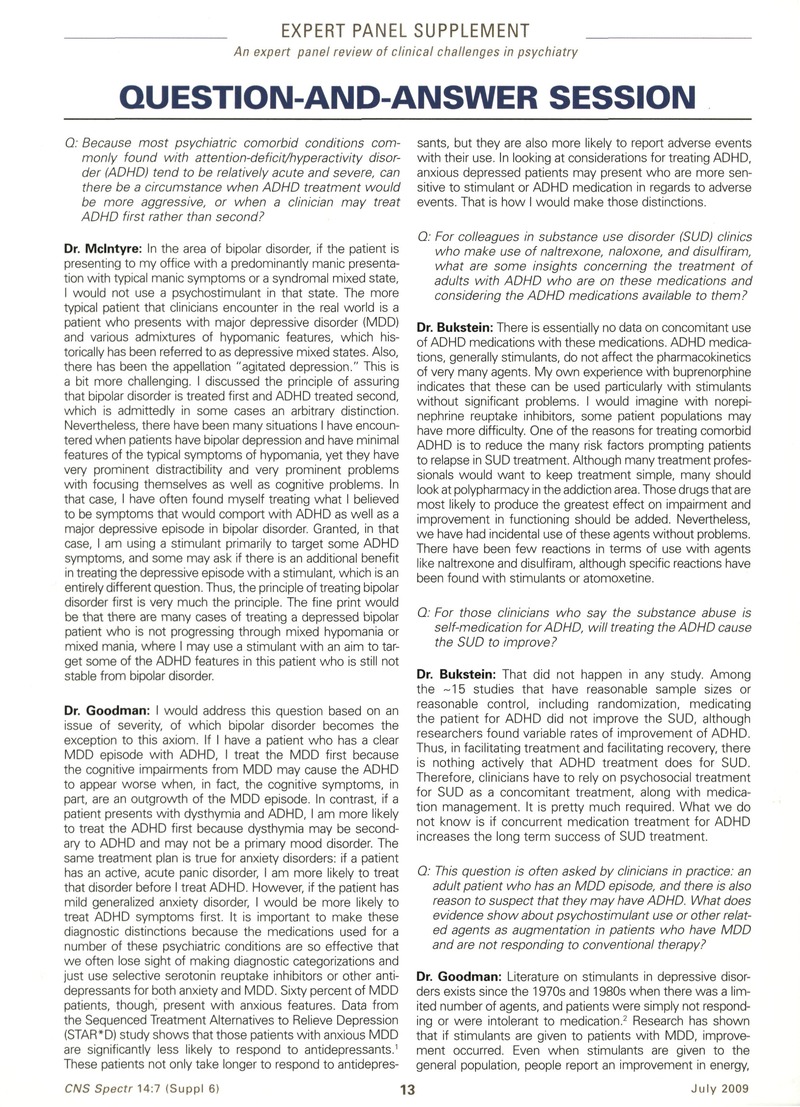Crossref Citations
This article has been cited by the following publications. This list is generated based on data provided by Crossref.
Crawford, Allison
2010.
If ‘The Body Keeps the Score’: Mapping the Dissociated Body in Trauma Narrative, Intervention, and Theory.
University of Toronto Quarterly,
Vol. 79,
Issue. 2,
p.
702.
Pape, Hans-Christian
and
Pare, Denis
2010.
Plastic Synaptic Networks of the Amygdala for the Acquisition, Expression, and Extinction of Conditioned Fear.
Physiological Reviews,
Vol. 90,
Issue. 2,
p.
419.
Lande, R. Gregory
Marin, Barbara
and
Chang, Audrey S.
2010.
Clinical Application of Ethyl Glucuronide Testing in the U.S. Army.
Journal of Addictive Diseases,
Vol. 30,
Issue. 1,
p.
39.
Sterling, Michele
McLean, Samuel A.
Sullivan, Michael J. L.
Elliott, James M.
Buitenhuis, Jan
and
Kamper, Steven J.
2011.
Potential Processes Involved in the Initiation and Maintenance of Whiplash-Associated Disorders.
Spine,
Vol. 36,
Issue. ,
p.
S322.
Brenner, Lisa A.
2011.
Neuropsychological and neuroimaging findings in traumatic brain injury and post-traumatic stress disorder.
Dialogues in Clinical Neuroscience,
Vol. 13,
Issue. 3,
p.
311.
van Zuiden, Mirjam
Geuze, Elbert
Willemen, Hanneke L.D.M.
Vermetten, Eric
Maas, Mirjam
Heijnen, Cobi J.
and
Kavelaars, Annemieke
2011.
Pre-Existing High Glucocorticoid Receptor Number Predicting Development of Posttraumatic Stress Symptoms After Military Deployment.
American Journal of Psychiatry,
Vol. 168,
Issue. 1,
p.
89.
Bai, Lan-Jun
Liu, Qing
Wang, Min
Loo, Wings TY
Cheng, Rebecca Wy
Chow, Louis Wc
Cheung, Mary Nb
Wei, Kelly Yr
Yip, Adrian Ys
and
Ng, Elizabeth Ly
2012.
Evaluation of the psychological and biological changes of patients diagnosed with benign and malignant breast tumors.
The International Journal of Biological Markers,
Vol. 27,
Issue. 4,
p.
322.
Endo, Shogo
2012.
Brain Aging and Therapeutic Interventions.
p.
219.
Daniels, Judith K.
2015.
Comprehensive Guide to Post-Traumatic Stress Disorder.
p.
1.
Kolassa, Iris-Tatjana
Illek, Sonja
Wilker, Sarah
Karabatsiakis, Alexander
and
Elbert, Thomas
2015.
Evidence Based Treatments for Trauma-Related Psychological Disorders.
p.
63.
Edalati, Hanie
and
Krank, Marvin D.
2016.
Childhood Maltreatment and Development of Substance Use Disorders.
Trauma, Violence, & Abuse,
Vol. 17,
Issue. 5,
p.
454.
de Quervain, Dominique
Schwabe, Lars
and
Roozendaal, Benno
2017.
Stress, glucocorticoids and memory: implications for treating fear-related disorders.
Nature Reviews Neuroscience,
Vol. 18,
Issue. 1,
p.
7.
Morena, Maria
Berardi, Andrea
Colucci, Paola
Palmery, Maura
Trezza, Viviana
Hill, Matthew N
and
Campolongo, Patrizia
2018.
Enhancing Endocannabinoid Neurotransmission Augments The Efficacy of Extinction Training and Ameliorates Traumatic Stress-Induced Behavioral Alterations in Rats.
Neuropsychopharmacology,
Vol. 43,
Issue. 6,
p.
1284.
Szczepek, Agnieszka J.
and
Mazurek, Birgit
2021.
The Behavioral Neuroscience of Tinnitus.
Vol. 51,
Issue. ,
p.
327.
O’Brien, Kylie
and
Blair, Philip
2021.
Medicinal Cannabis and CBD in Mental Healthcare.
p.
253.
Warhaftig, Gal
Zifman, Noa
Sokolik, Chaya Mushka
Massart, Renaud
Gabay, Orshay
Sapozhnikov, Daniel
Vaisheva, Farida
Lictenstein, Yehuda
Confortti, Noa
Ahdoot, Hadas
Jacob, Avi
Bareli, Tzofnat
Szyf, Moshe
and
Yadid, Gal
2021.
Reduction of DNMT3a and RORA in the nucleus accumbens plays a causal role in post-traumatic stress disorder-like behavior: reversal by combinatorial epigenetic therapy.
Molecular Psychiatry,
Vol. 26,
Issue. 12,
p.
7481.
Emami, Seyede Faranak
2024.
The effects of stress on auditory system: a narrative review.
The Egyptian Journal of Otolaryngology,
Vol. 40,
Issue. 1,
Agorastos, Agorastos
2024.
Thematic Selection: Stress and Stress-related Disorders
Posttraumatic Stress Disorder (Part 2).
Current Neuropharmacology,
Vol. 22,
Issue. 4,
p.
522.
Robertson, Brian
Semenov, Alexander
Skluzacek, Tyler
Coburn, Han
and
Miller, Matthew
2024.
Handbook of AI and Data Sciences for Sleep Disorders.
Vol. 216,
Issue. ,
p.
275.
Kulakova, Eugenia
Graumann, Livia
and
Wingenfeld, Katja
2024.
The Hypothalamus-Pituitary-Adrenal Axis and Social Cognition in
Borderline Personality Disorder.
Current Neuropharmacology,
Vol. 22,
Issue. 3,
p.
378.



